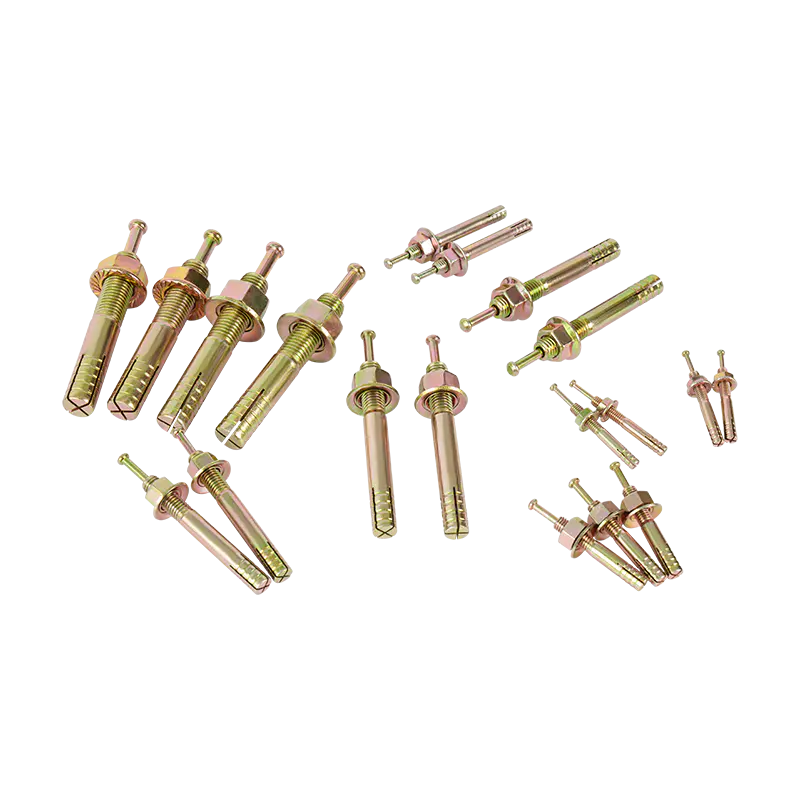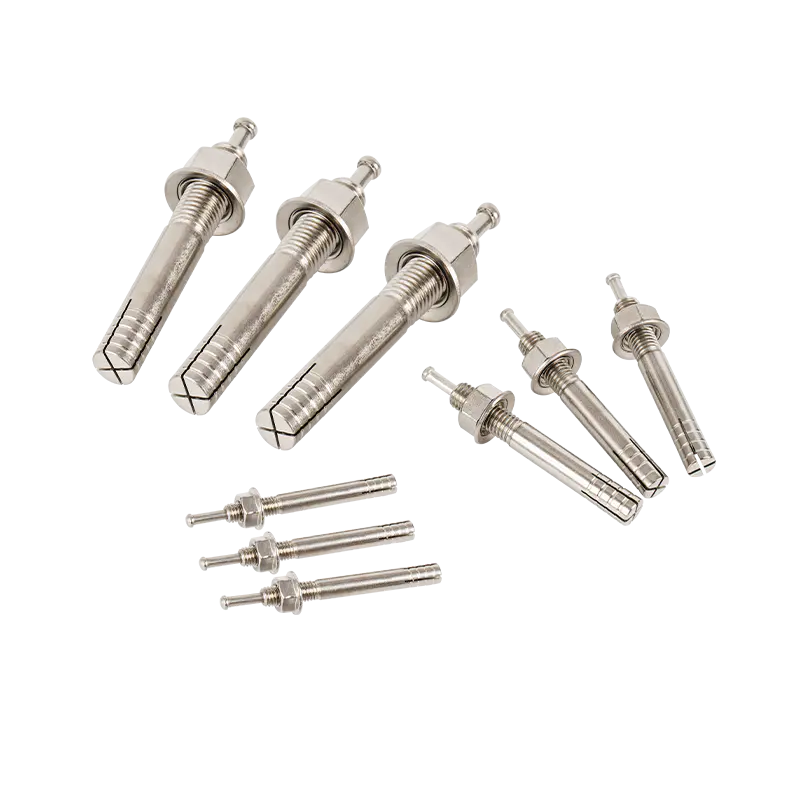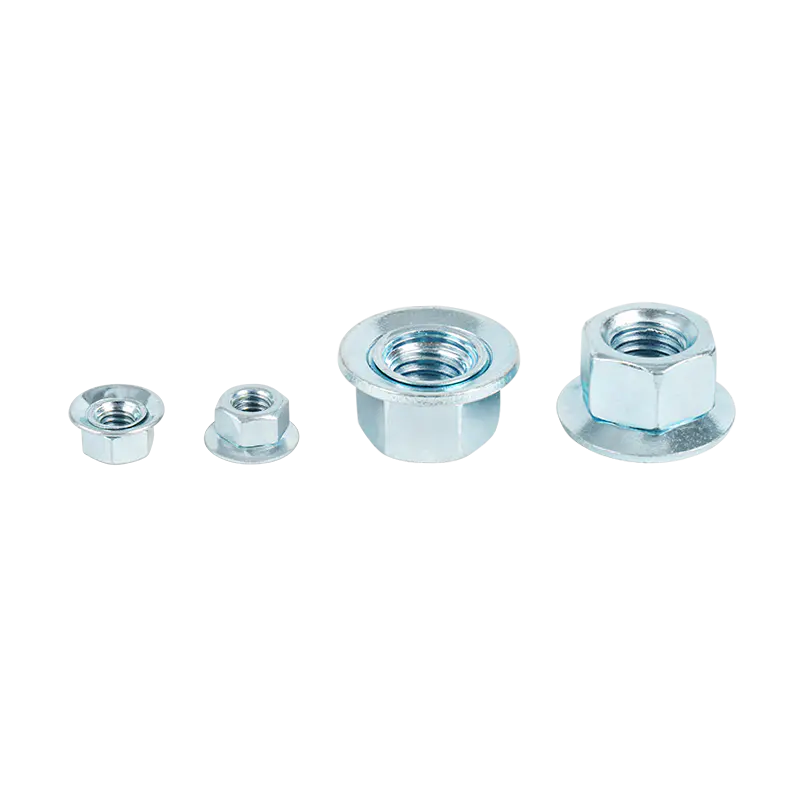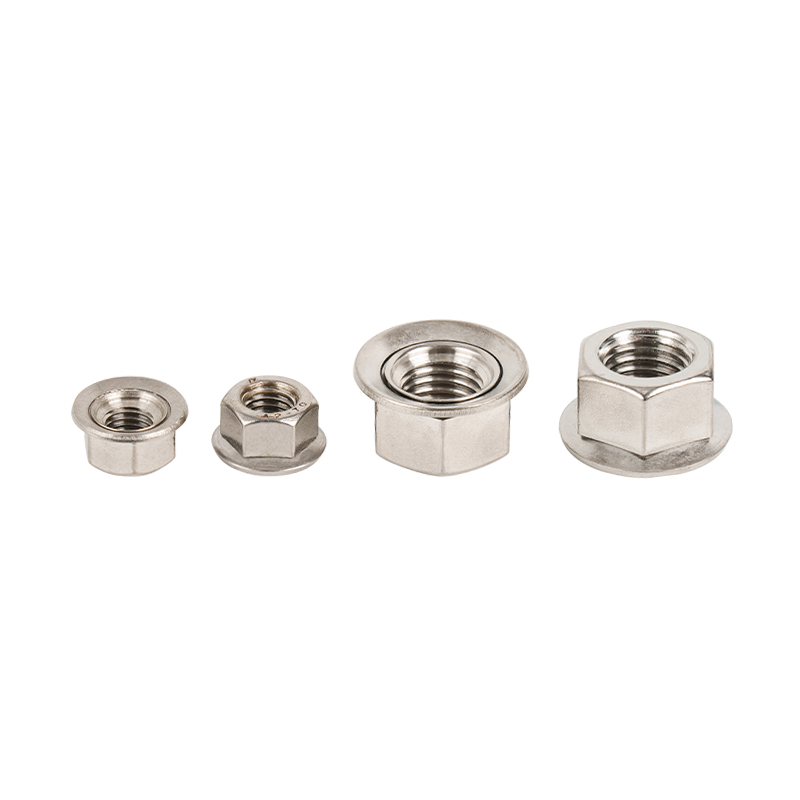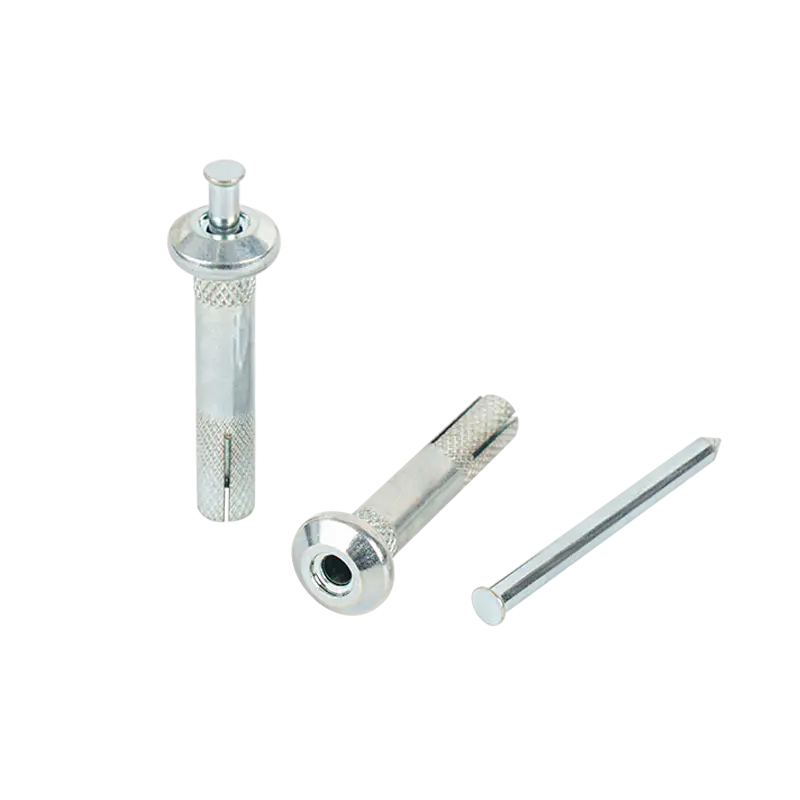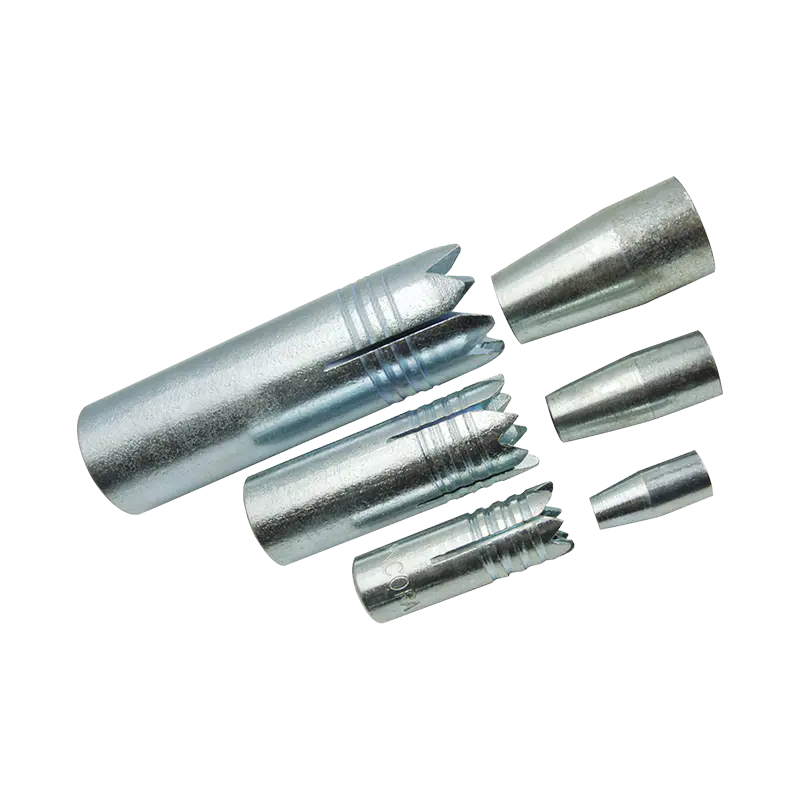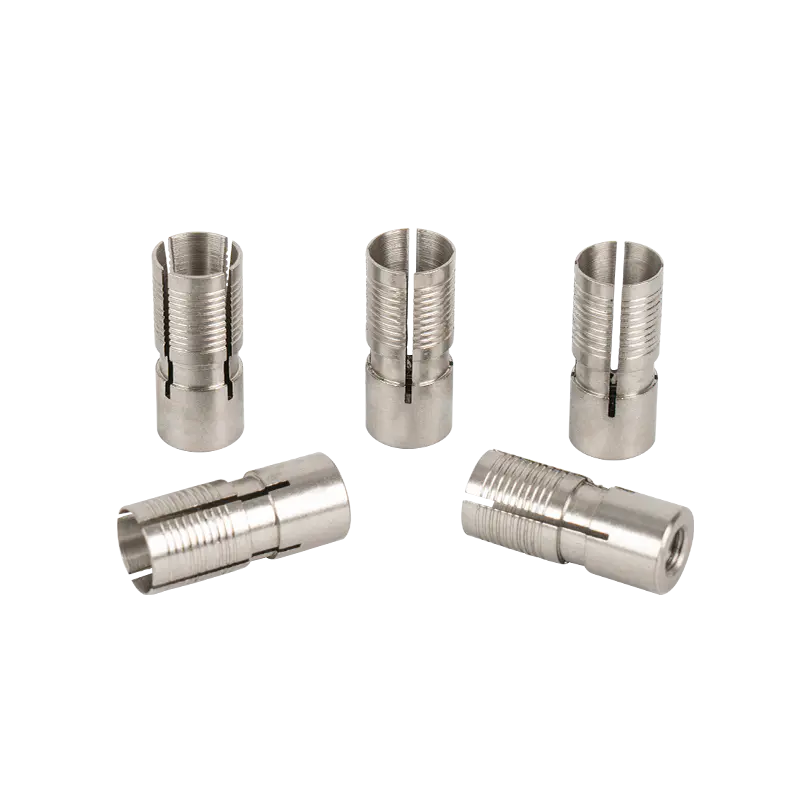How does the Strike Anchor work and how does it provide such a high carrying capacity?
2025-09-19
In the fields of construction, engineering, and infrastructure development, the integrity of connections to concrete is paramount. Among the various fastening solutions available, mechanical anchors play a critical role. One prominent product in this category is the Strike Anchor, a heavy-duty fastener known for its high load-bearing capacity and reliability.
What is a Strike Anchor?
A Strike Anchor is a type of mechanical expansion anchor designed for high-load fastening into solid base materials like concrete, brick, and stone. It is characterized by its pre-assembled, single-unit design, which includes a threaded stud, an expander sleeve, and a washer and nut. Its primary function is to transfer significant tensile and shear loads from a fixture into the base material securely.
The Working Principle: The Key to High Capacity
The exceptional load-bearing capacity of the Strike Anchor is derived from its mechanical expansion mechanism, which creates a powerful interlock with the concrete. The installation process is straightforward but critical to its performance:
-
Drilling: A hole is drilled into the concrete to the specified diameter and depth, which must match the anchor's size and embedment requirements. Proper hole cleaning is essential to remove all dust and debris.
-
Insertion: The pre-assembled Strike Anchor is inserted into the clean hole until the washer and nut are flush against the fixture.
-
Striking and Expansion: This is the crucial step. The installer uses a hammer to strike the head of the anchor. This impact drives the threaded stud downward through the conical, tapered end of the expander sleeve. As the stud moves, it forces the sleeve to expand radially outward.
-
Creating a Mechanical Lock: The expansion of the sleeve generates high radial forces, pressing it firmly against the walls of the drilled hole. This creates a combination of mechanical interlock and high friction along the entire embedment depth.
-
Tightening: After striking, a final torque is applied to the nut with a wrench to ensure the fixture is snug and secure. This torque further sets the anchor but is not the primary means of expansion.
This controlled expansion process results in a large, uniform bearing surface area against the concrete. The load is not concentrated at a single point but distributed along the anchor's length, which is the fundamental reason for its high resistance to pull-out forces (tension) and sideways forces (shear).
Types and Variations
While the fundamental principle remains consistent, Strike Anchors are available in various materials and specifications to suit different environmental and load requirements:
-
Material: Most are manufactured from high-quality, heat-treated carbon steel for strength. Zinc plating is common for corrosion resistance in indoor applications. For more corrosive environments, options made from stainless steel (e.g., 304 or 316 grade) are available.
-
Sizes: They are produced in a range of diameters (e.g., 1/2", 5/8", 3/4") and lengths to accommodate a wide spectrum of load demands and material thicknesses.
Typical Applications
The high capacity and reliability of the Strike Anchor make it suitable for numerous heavy-duty applications, including:
-
Attaching structural steel columns and beams to concrete foundations.
-
Securing machinery, heavy equipment, and conveyor systems.
-
Installing pipe and cable tray supports.
-
Fastening safety and fall protection systems.
-
Anchoring large infrastructure components like bridge rails and highway signs.
Comparison with Other Anchor Types
Understanding how the Strike Anchor differs from other systems provides context for its use.
-
vs. Wedge Anchors: Both are mechanical expansion anchors. A wedge anchor expands primarily at the bottom of the hole (bottom expansion) when the nut is tightened. A Strike Anchor expands along a greater portion of its sleeve (length expansion) via striking, which can offer more consistent load distribution in certain concrete conditions.
-
vs. Sleeve Anchors: A sleeve anchor expands when the nut is tightened, pulling a cone up into a sleeve. The Strike Anchor’s strike-to-set mechanism often allows for a higher and more reliable pre-set expansion before final torquing, which is advantageous for overhead or vertical applications.
-
vs. Adhesive Anchors (Chemical Anchors): Chemical anchors rely on a resin bonding with the concrete and the anchor rod. While excellent in cracked concrete and where hole spacing is tight, they require strict installation procedures (e.g., hole cleaning) and have a cure time. Strike Anchors provide immediate load capacity and are less sensitive to installation temperature, though they typically require larger edge and spacing distances.
Frequently Asked Questions (FAQ)
Q: What is the primary advantage of a Strike Anchor?
A: Its primary advantage is its high and reliable load-bearing capacity in solid concrete, achieved through a mechanical expansion process that is initiated by striking, ensuring a secure fit before final torquing.
Q: Can Strike Anchors be used in cracked concrete?
A: Generally, mechanical expansion anchors like the standard Strike Anchor are not recommended for use in cracked concrete unless they have been specifically evaluated and approved for such conditions according to relevant standards (e.g., ESR reports in the US). Adhesive anchors are often the preferred choice in cracked concrete.
Q: How important is correct installation?
A: It is absolutely critical. The performance of any mechanical anchor, including the Strike Anchor, is entirely dependent on correct installation. This includes drilling the correct hole size, cleaning the hole thoroughly, using the correct embedment depth, and applying the proper striking force and torque.
Q: Are there limitations on spacing and edge distance?
A: Yes. To prevent concrete splitting or cone failure, minimum spacing between anchors and minimum distances from unsupported edges must be strictly observed. These distances are specified by the manufacturer and are often a function of the anchor diameter and embedment depth.
The Strike Anchor provides high load-bearing capacity through a robust and efficient mechanical expansion mechanism. Its design ensures that forces are distributed effectively into the concrete substrate, making it a trusted solution for critical heavy-duty fastening applications. As with all structural connections, success depends on selecting the correct anchor for the specific application and base material, coupled with strict adherence to the manufacturer's installation instructions and recognized industry standards.

 English
English 日本語
日本語
